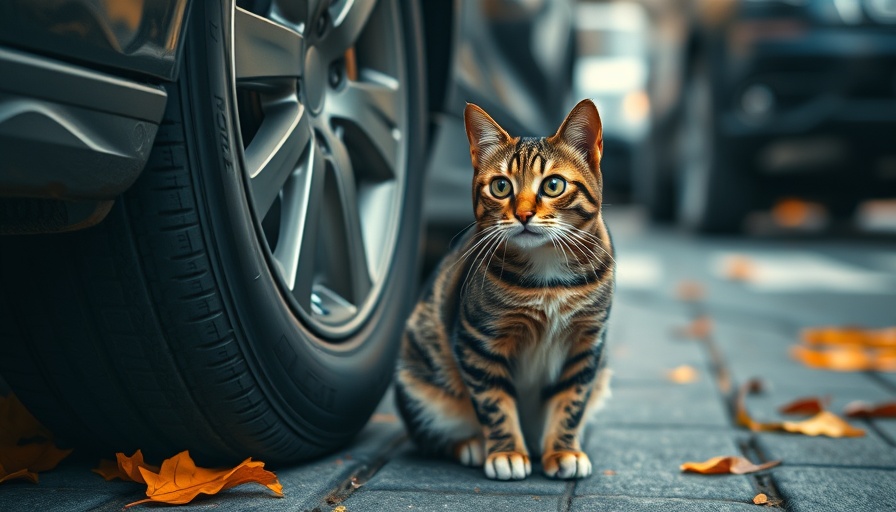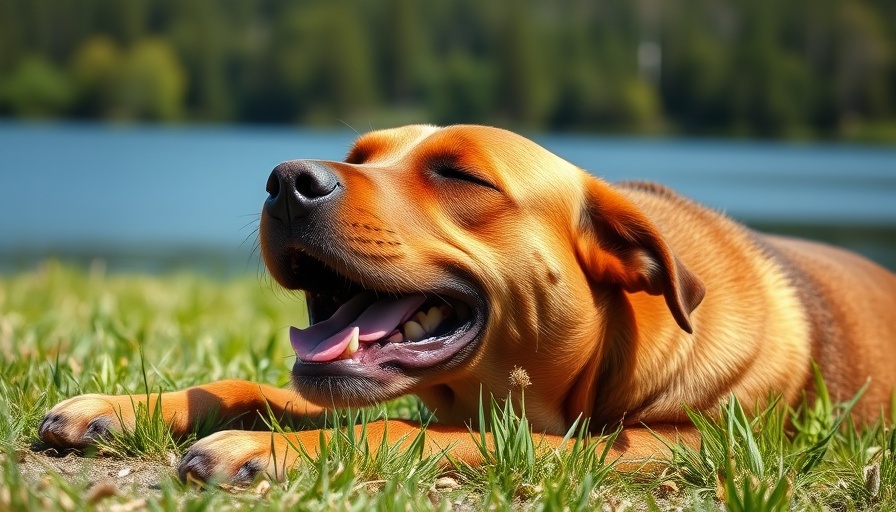
Why Weight Management Matters for Dogs
For dog owners, maintaining a healthy weight for their furry friends is of utmost importance. Obesity in dogs can lead to a myriad of health issues including diabetes, heart disease, and joint problems. Just like humans, dogs require a balanced diet that supports their overall well-being. In the upcoming sections, we will explore not only how to choose the right weight-loss dog food, but we will also address the broader implications of maintaining a dog's health from a holistic perspective.
Understanding Nutritional Needs of Canine Diets
Feeding your canine companion requires more than just providing food; it means understanding their nutritional needs. High fiber content plays a critical role in keeping dogs feeling satisfied without packing on extra calories. This is particularly important for dogs struggling with weight issues. Foods high in fiber help promote digestive health and keep dogs fuller for longer, reducing the urge to snack. Additionally, incorporating lean proteins like chicken or fish provides the necessary nutrients that support muscle maintenance even during weight loss. Choosing dog food that is crafted for weight management ensures your pet gets the energy they need without excess calories.
Types of Dog Foods That Support Weight Loss
When selecting a dog food brand focused on weight loss, it’s essential to analyze the ingredients list. Look for foods that emphasize low-calorie content without compromising essential nutrients. The best weight-loss dog foods are often labeled specifically for weight management, providing clear guidance for pet owners. Many leading brands have started offering options with enhanced nutritional profiles, catering to both active and less active dogs, based on their lifestyle. It’s essential to consult your vet for personalized recommendations, as individual dietary needs vary based on factors like age, breed, and health conditions.
Vet-Recommended Strategies for Successful Weight Loss
Implementing a weight-loss program for your dog goes beyond just changing their food. Regular visits to the veterinarian to track progress are crucial in assessing health changes and determining whether a specific diet is effective. Veronica Higgs, DVM, emphasizes the importance of combining suggested diets with exercise. A structured exercise routine not only helps increase caloric expenditure but also strengthens the bond between you and your pet. This dual approach to weight loss fosters a happier and healthier lifestyle.
Practical Tips for Managing Your Dog's Weight
Here are some actionable insights to help your dog reach and maintain a healthy weight:
- Portion Control: Measure your dog’s food amounts to avoid overfeeding. Brand guidelines might be misleading.
- Snack Wisely: Choose low-calorie treats or consider healthy alternatives like carrots or green beans.
- Consistent Exercise: Aim for daily walks, interactive play, and agility exercises to engage their natural instincts.
Real-Life Tales and Inspirational Journeys
Many pet owners experience significant transformations through diligent effort in weight management for their dogs. Take the story of Max, a once-obese Beagle who shed more than 20 pounds through a consistent routine of low-calorie food and weekly agility classes. His owner’s disciplined approach not only improved his health metrics but also enhanced their relationship. Such stories inspire countless others to embark on the same journey, highlighting that every bit of effort counts.
Addressing Common Misconceptions
One prevalent myth is that any food labeled as “diet” is suitable for weight loss. In reality, not all weight management diets are the same. Some may lack crucial nutrients, while others may still include high-calorie fillers. It's essential to do your research and check for reviews from veterinarians to ensure you select properly formulated weight-loss food that meets all health standards.
Start Your Journey Today!
With all this vital information at your fingertips, you are now equipped to take action toward a healthier future for your four-legged friend. Consult your vet, review your dog's diet, and consider making the necessary changes. Weight management doesn't just enhance your dog’s quality of life; it creates opportunities for more joyful moments spent together. Your dog’s health is incredibly valuable, and with the right steps, you can make a positive difference today!
 Add Row
Add Row  Add
Add 


Write A Comment